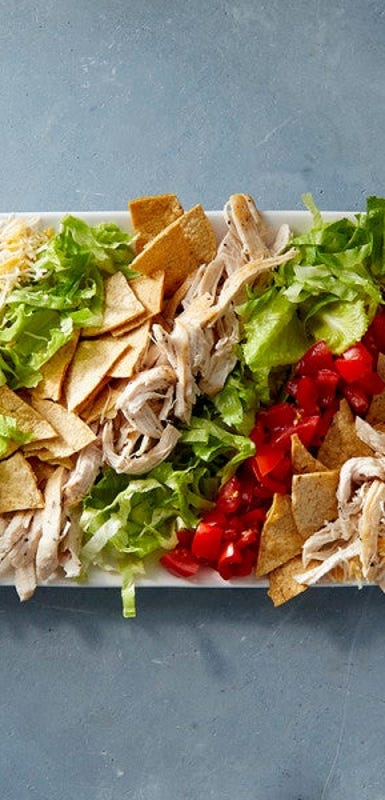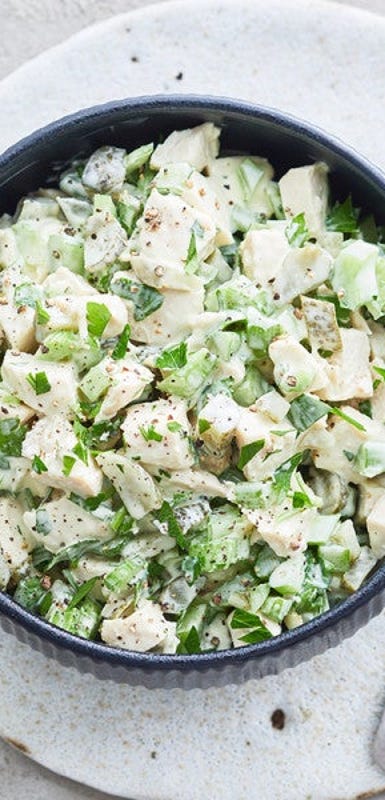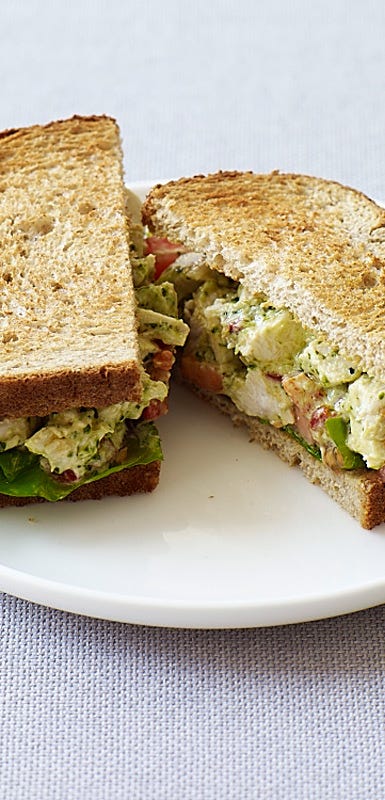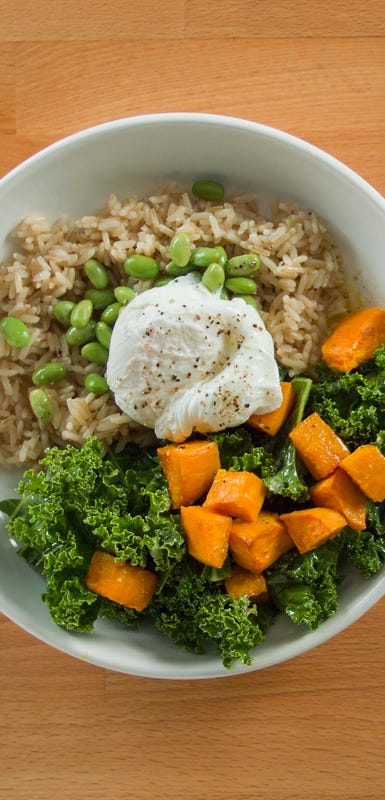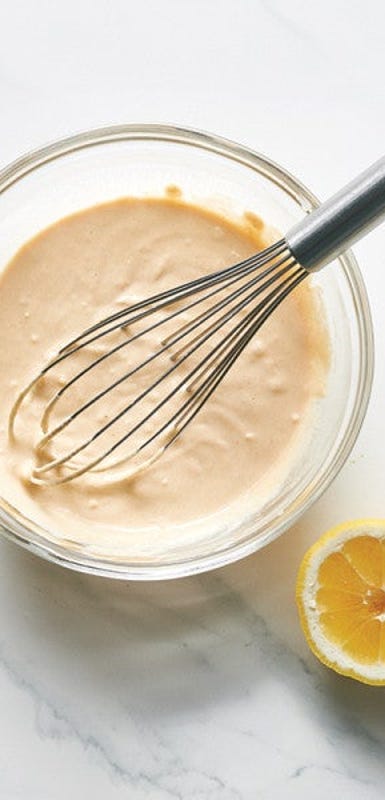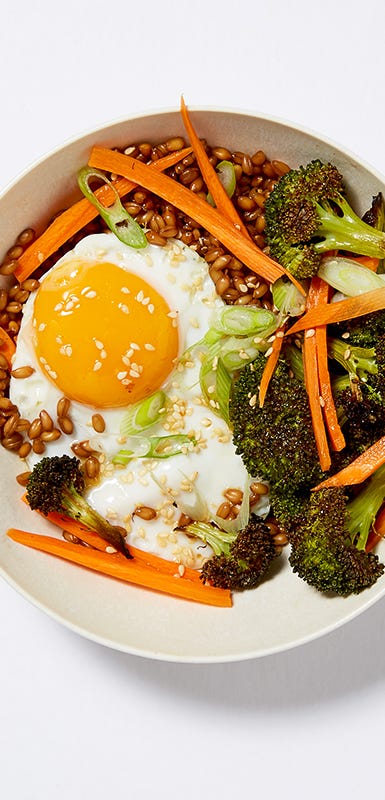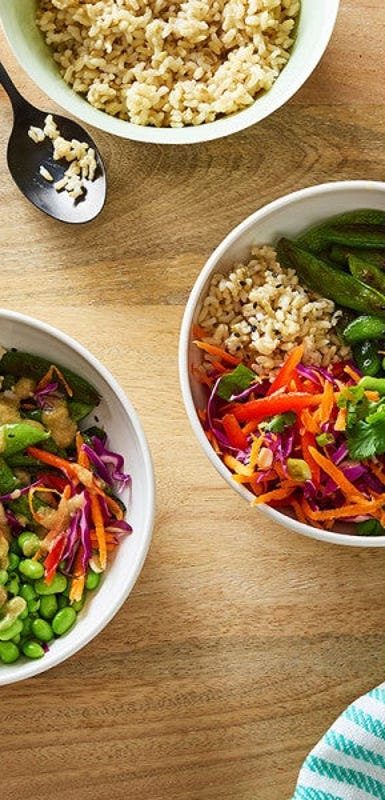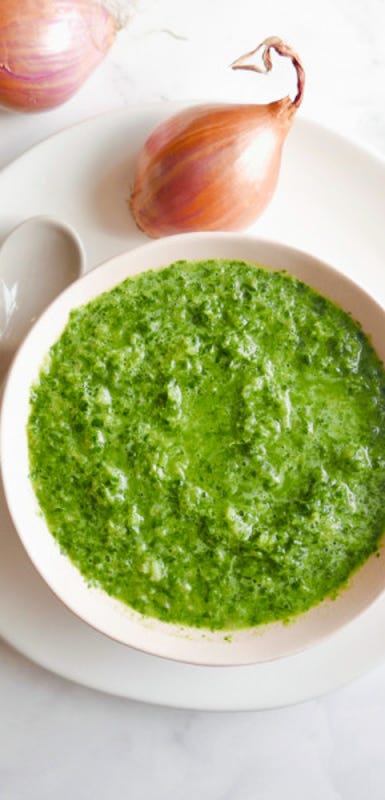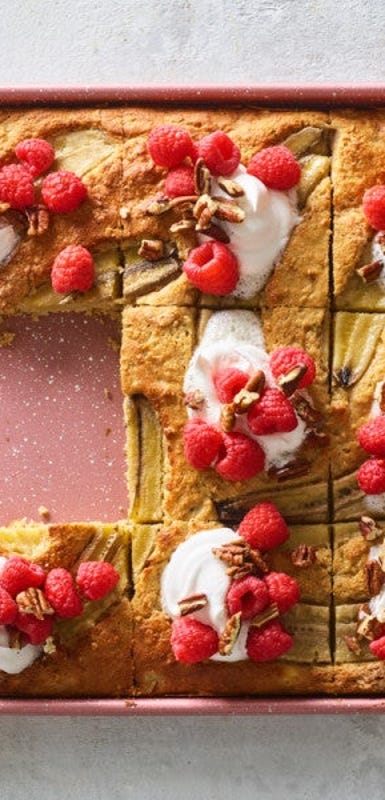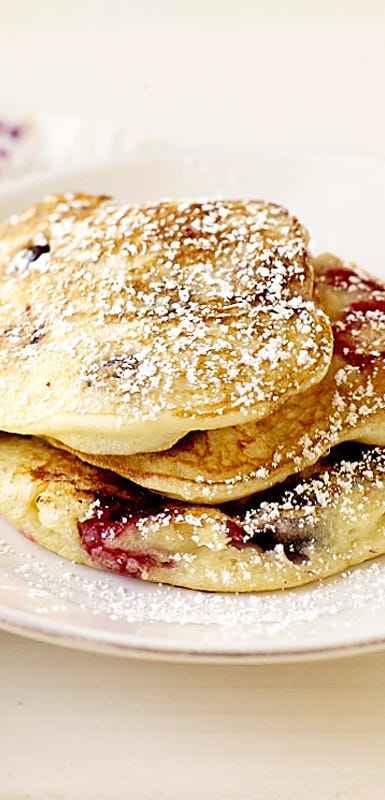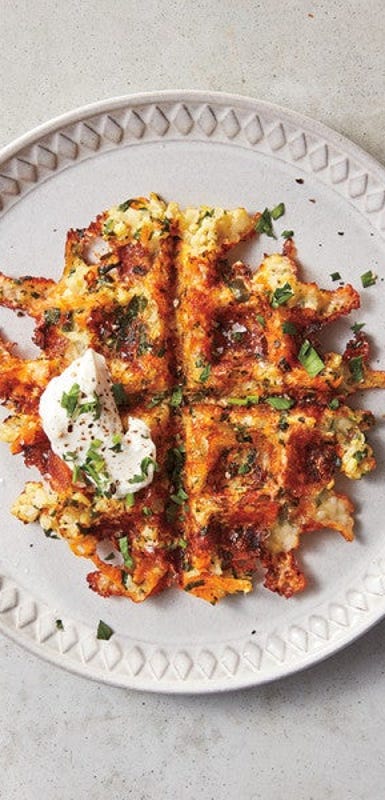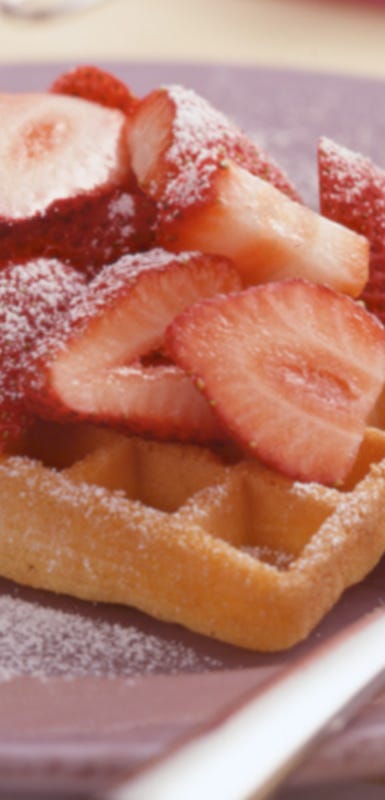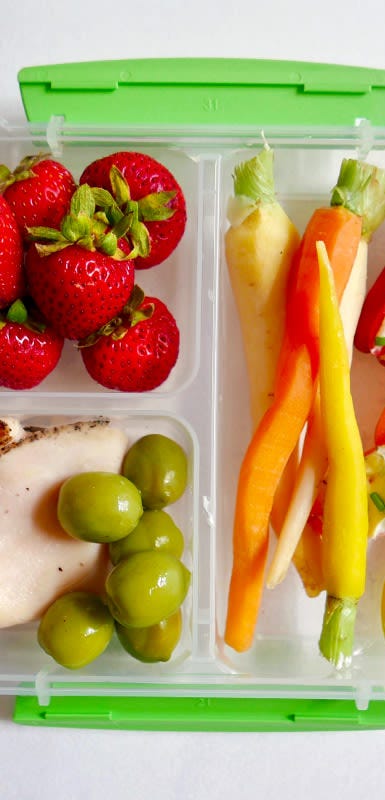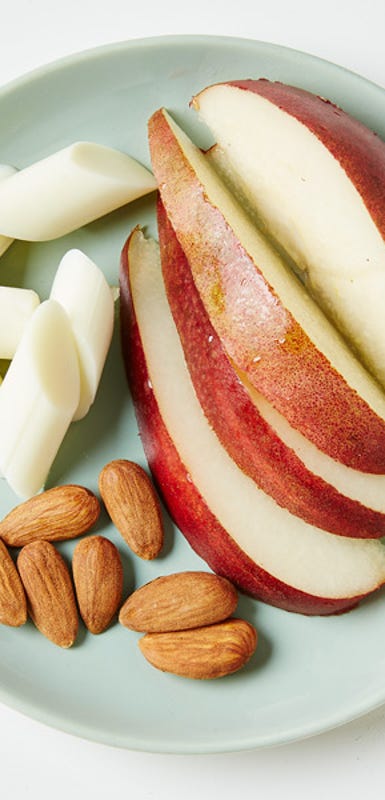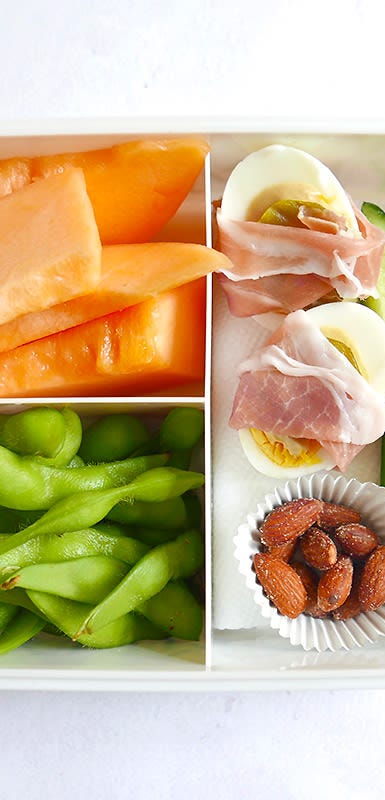Reinventing the work-from-home lunch
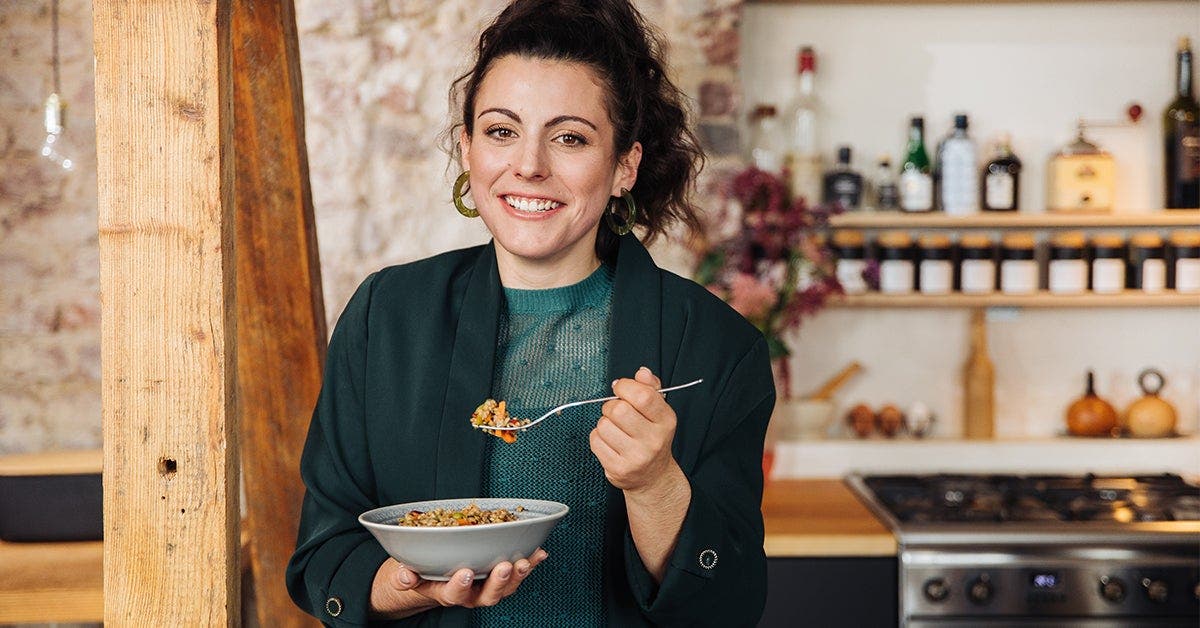
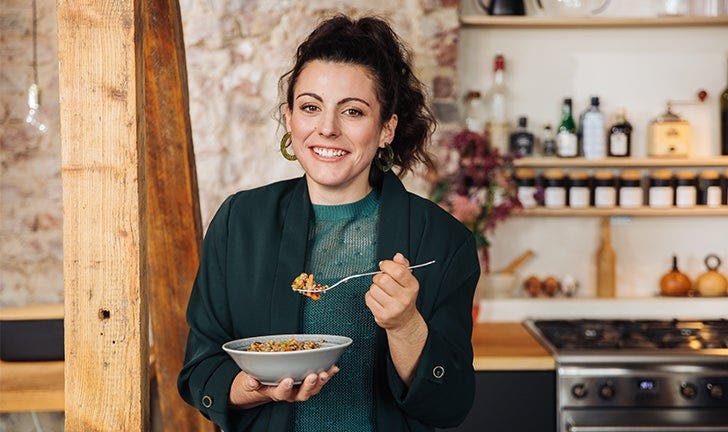
With many Canadians currently working or learning from home, there’s no better time to reinvigorate the work-from-home lunch. Here’s how to make your lunch hour as flavourful and filling as possible without sacrificing your well-earned downtime.
How to prep for lunches at home
By portioning out ingredients ahead of time and storing them in resealable containers or jars, you can make one or several lunches in a short amount of time. This works especially well for shredded chicken and other lean proteins, grains, shredded cheese and cut-up fruits and vegetables.
You can up the nutritional impact of canned soup, packaged ramen, and bagged salad by adding cooked beans or lentils, shredded meat, cubed tofu or a chopped, hard boiled egg.
Enlist the help of family members who are also eating lunch at home. Try scheduling who makes lunch on what day and assign kitchen cleanup tasks to other people living in your household.
Variations on roasted chicken
You can either “cook once, eat twice” by roasting an extra bird, or you can double up on rotisserie chickens from the deli next time you’re at the grocery store. Roasted, poached or grilled skinless chicken breasts are also ideal for batch cooking and serving throughout the week. If you’re stuck with too much chicken, simply pack it up in resealable freezer bags and freeze for up to three months. Leftover chicken can be eaten as is, served with your favourite sides, or as a protein-rich addition to sandwiches, pita pockets, canned or homemade soup and Tex-Mex dishes.
Get inspired with these tasty chicken recipes:
Build your own grain bowl
Cooked grains are the ultimate make-ahead ingredient for satisfying lunches at home, whether you prefer brown rice, quinoa, oats, wheat berries or any other type of hearty grain. Grain bowls can be served hot or cold, made sweet or savoury, and can be as complex or simple as you’d like. They’re also a great vehicle for using up leftover vegetables and protein from the night before or they can be filled with fresh fruits, vegetables, herbs and beans or lentils. To make your grains memorable, choose a favourite store bought sauce or make your own to drizzle over the finished bowl.
Check out these grain bowl and sauce recipes to get started:
Freeze a large batch of pancakes or waffles
Making pancakes or waffles over the weekend? Double the recipe and freeze the entire finished batch on a baking tray, transferring the loose pancakes or waffles to a large resealable freezer bag once they’re completely frozen. To serve, heat directly from frozen in a toaster or toaster oven or defrost in the microwave. If the thought of cooking a double batch of pancakes is overwhelming, opt for a sheet pan pancake recipe and skip the fuss of making individual pancakes. Serve sweeter pancakes and waffles with fruit (fresh or frozen), sliced bananas and vanilla Greek yogurt; savoury versions can be topped with a poached egg, crumbled turkey bacon, shredded cheese and salad greens dressed in a light vinaigrette.
These pancake and waffle recipes are all ideal for freezing:
Make your own snack plate
Depending on how hungry you are, a snack plate can be something small to tide you over until your next meal or it can be a complete meal. Whatever you end up putting on your snack plate, try to include a source of fibre, healthy fats and protein; this combination of nutrients will help ensure you stay fuller for a longer period of time. The following suggestions are merely guidelines, when it comes to building the perfect snack plate the sky’s the limit!
Fibre
- Rye crackers
- Rice crisps made from brown rice
- Cut-up fruit and vegetables
- Dried fruit
- Hummus
- Whole grain bread
Healthy fats
- Hard boiled eggs
- Avocado (one-quarter of a medium-sized fruit)
- Dark chocolate
- Sardines
- Nuts and seeds
Protein
- Cheese
- Tuna (canned in water)
- Greek yogurt
- Cottage cheese
- Tofu


